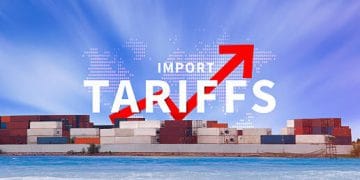Supply Chain Report – 10/06/2025
Legal and trade analysts believe there is a strong chance that the U.S. Supreme Court will rule against former President Donald Trump’s use of the International Emergency Economic Powers Act (IEEPA) to impose broad-based global tariffs. According to experts surveyed by JPMorgan, the odds of the high court siding with lower courts are estimated at between 70% and 80%.
Expert Assessments from JPMorgan Event
The findings were shared in a note summarizing highlights from JPMorgan’s recent London conference, which included a detailed session on Trump’s trade policy approach. Panelists said that while the three liberal justices on the court are expected to oppose the tariffs, other justices with pro-business records, such as Chief Justice John Roberts and Justice Amy Coney Barrett, may also rule against them. Justice Brett Kavanaugh, viewed as a frequent swing vote, could play a decisive role.
“Legal experts point out that none of Trump’s three appointed justices is distinctively aligned with his policy positions, and their decisions have been less predictable than Republicans had anticipated,” the note explained.
Background on the Legal Dispute
Trump invoked IEEPA to justify tariffs tied to the fentanyl trade and to support his broader “reciprocal tariffs” on U.S. trade partners. However, multiple courts, including a federal district court, the Court of International Trade, and the U.S. Court of Appeals for the Federal Circuit, have ruled that the use of IEEPA for tariffs is unconstitutional.
In its most recent ruling in August, the Federal Circuit allowed time for the administration to appeal before its decision takes effect, giving the Supreme Court until mid-October to accept the case.
The rulings present a significant challenge to Trump’s trade strategy, as more than 80% of tariffs announced in his second term have relied on IEEPA.
Tariffs and Trade Deals
The IEEPA tariffs also served as leverage in several international agreements. These included a deal with the European Union, which pledged $600 billion in U.S. investments and $750 billion in American energy purchases, and a U.S.-Japan agreement involving $550 billion in investments from Tokyo.
Should the Supreme Court ultimately rule against Trump, the administration may be required to refund a significant portion of the $165 billion in tariff revenue collected through August of the current fiscal year. Trump’s broader tariff program was projected to generate between $300 billion and $400 billion annually, helping reduce concerns in bond markets about the U.S. budget deficit.
Alternative Tariff Options
While tariffs on industries such as steel, aluminum, and autos are supported by a separate legal framework and remain unaffected, the loss of IEEPA authority would significantly restrict the administration’s ability to impose sweeping duties.
JPMorgan’s report emphasized that the administration could still pursue sector-specific tariffs, such as those recently placed on lumber and furniture, but acknowledged that these tools lack the speed, scale, and flexibility that IEEPA provided. “The potential loss of IEEPA tariffs does not end the tariff story, but fragments it,” the note stated.
Possibility of a Legal Opening
Despite the series of setbacks in the lower courts, some analysts see potential for a reversal. Capital Alpha’s James Lucier pointed to a dissenting opinion in the appeals court decision, authored by Judge Richard Taranto, which argued that the president may retain broad authority to declare emergencies and impose tariffs under IEEPA.
“The dissenting opinion has opened a pathway by which informed legal commentators have assessed that the president now has a plausible chance at a Supreme Court victory, despite previous losses,” Lucier wrote.
Outlook
A final Supreme Court ruling is expected by the end of the year, and while the outcome remains uncertain, markets and policymakers are closely watching how the decision could reshape U.S. trade policy. For businesses, the ruling will determine whether tariff-related revenue continues to support federal finances or whether refunds and narrower measures reshape the administration’s economic strategy.
#SupplyChainNews #TariffUpdate #EconomicPolicy #TradeNews #NewsUpdate

















